With input from AP, NBC News, Walmart, Reuters, CNN, Bloomberg, Business Insider, and Axios.
Walmart is losing the low-key executive who quietly turned it from a beat-up big-box chain into a tech-savvy retail powerhouse.
Doug McMillon, Walmart’s 59-year-old CEO and a company lifer, plans to retire at the end of January, the retailer said Friday in a surprise announcement. John Furner, 51, who currently runs Walmart’s US business, will take over as CEO on Feb. 1.
McMillon will stay on Walmart’s board until mid-2026 and serve as an advisor through early 2027, but Wall Street still flinched. The news initially sent Walmart shares down about 3% in premarket trading before they recovered to a roughly 1% loss by midday.
He may not have the name recognition of Jeff Bezos or Elon Musk, but McMillon has been one of the most important CEOs in the American economy for the past decade. Under his watch, Walmart didn’t just survive the Amazon era — it thrived in it.
McMillon’s Walmart story is the kind HR departments dream about.
He started with the company in 1984 as a teenager unloading trucks in a distribution center, went off to the University of Arkansas, climbed the ladder through merchandising and international roles, and became CEO in 2014, the youngest leader since founder Sam Walton and only the fifth CEO in Walmart’s history.
When he took over, Walmart was in a rough patch:
- Stores were messy.
- Sales were stagnating.
- Morale was low.
- The company was still dealing with the fallout from a bribery scandal in Mexico.
One analyst at the time bluntly declared:
“Walmart is falling apart before our eyes.”
Instead of doubling down on cost-cutting, McMillon did something unusual for a discount retailer under pressure: he spent more money on workers.
In 2015, Walmart rolled out a $2.7 billion, three-year investment to raise wages and expand training and education programs. He also pushed for better parental leave and clearer career paths for hourly associates. Investors hated it at first — the stock plunged when Walmart cut its sales forecast that year, wiping out more than $20 billion in market value in a single day.
But over time, the bet paid off. Turnover improved, service got better, and sales picked up.
If you want to know what shareholders think of McMillon’s tenure, just look at the scoreboard.
- Annual revenue climbed from about $485.7 billion in his first fiscal year as CEO to $681 billion most recently — roughly a 40% jump.
- Walmart’s stock has gone from around $25 a share when he took over to above $100, a gain of roughly 300–400% including dividends.
- Over his decade in charge, Walmart has delivered around 15% annualized total returns, putting it near the top of global CEO scorecards.
The company today is a very different beast than the one he inherited:
- It’s still the largest US retailer and largest private employer, with 1.6 million workers in the U.S. and 2.1 million globally.
- Walmart now serves about 270 million customers a week across more than 10,750 stores and clubs in 19 countries and a fast-growing e-commerce operation.
- It’s the second-largest e-commerce player in the US, behind Amazon.
Walmart’s board chair Greg Penner put it bluntly:
“He leaves Walmart stronger, more innovative, and better aligned with our purpose to help people save money and live better.”
McMillon’s stamp is all over the modern Walmart. A few of the biggest shifts:
1. Turning Walmart into a tech-powered operation
When McMillon took over, Walmart’s digital presence lagged badly. Today:
- Walmart is a major online grocer with widespread order-online, pick-up-in-store and same-day delivery options.
- The company says about one-third of recent US store deliveries requested arrival in three hours or less, and about 20% of those hit the doorstep within 30 minutes.
- Walmart launched Walmart+, a membership program designed to rival Amazon Prime, combining delivery perks with gas discounts and other benefits.
- It has built out new revenue engines in advertising, data, and marketplace services.
More recently, Walmart has been leaning hard into artificial intelligence and automation, and even announced a partnership with OpenAI to let shoppers browse and buy through ChatGPT. McMillon has openly said AI will affect virtually every job at Walmart in some way.
2. Rebuilding its workforce culture
Early-2010s Walmart was known for rock-bottom prices and rock-bottom worker satisfaction. Under McMillon, the company:
- Raised starting wages.
- Expanded benefits and parental leave.
- Created education programs to help associates earn certificates and degrees.
He also made a point of modeling what he calls “servant leadership” — picking up trash in parking lots, grabbing stray carts, and talking constantly about respect, integrity, and service.
“If I had to boil Walmart down to one word, it’d be ‘serve’,” he said last year. “If you gave me two, it’d be ‘servant leadership.'”
3. Threading the political needle
Walmart exists at the center of America’s cultural and political fights — on guns, LGBTQ rights, immigration, tariffs, and more. McMillon had to navigate:
- The company’s 2019 decision to stop selling ammunition for handguns and short-barrel rifles and to discourage open carry in its stores after a series of mass shootings.
- Pressure from both sides during political culture wars, all while serving an enormous customer base that cuts across regions and ideologies.
- Multiple showdowns with President Donald Trump over tariffs, prices, and inflation. Trump publicly blasted Walmart for raising prices, insisting the company should “eat the tariffs,” then later touted Walmart’s lower-priced Thanksgiving meal as evidence of his economic success.
Through it all, McMillon tried to keep Walmart in the middle lane — moving gradually on hot-button issues and repeating a simple line: politics will change, the company’s purpose shouldn’t.
The timing of McMillon’s retirement caught some investors off guard, but the succession plan itself is classic Walmart: promote a veteran insider who worked their way up from the sales floor.
John Furner’s résumé mirrors McMillon’s in a lot of ways:
- Started at Walmart in 1993 as an hourly associate in Bentonville.
- Held leadership roles across merchandising, sourcing, and operations.
- Ran Sam’s Club US as president and CEO.
- Spent several years in China, helping lead Walmart’s business there.
- Since 2019, he has led Walmart US, the company’s largest division with more than 4,600 stores.
Chairman Greg Penner called him “the right leader to guide Walmart into our next chapter of growth and transformation,” praising his ability to deliver results “while living our values.”
Analysts see him as the logical choice. One called him “a Walmart lifer” and “logical successor”; another said the transition signals a new phase where Walmart shifts from building its digital foundation to accelerating an AI-driven transformation.
Furner himself framed it as both continuity and a new era:
“As we enter a new retail era fueled by innovation and AI, our purpose and our people will continue to guide us. Together, we’ll find new ways to serve customers, support our associates, and strengthen the communities we call home.”
Furner is stepping into the top job just as the ground under retail is shifting again.
- Tariffs and trade policy are adding costs and uncertainty. Walmart has already said it’s absorbed some extra import costs, but not all — and Trump has made clear he’s watching how much of that gets passed on to shoppers.
- Consumer spending is splitting: higher-income households are still spending, while everyone else is pulling back. Walmart has leaned into this by attracting more shoppers making over $100,000 a year, especially in groceries.
- AI and automation are changing store operations, logistics, and customer service faster than ever.
So far, Walmart has handled the turbulence better than most rivals. While chains like Target and Home Depot have struggled with slower sales and shifting demand, Walmart continues to post steady results. McMillon told analysts over the summer that customer behavior has been “generally consistent,” with no dramatic pullbacks.
That resilience is one reason the stock is up roughly 13% this year alone.
When history sums up McMillon’s tenure, a few themes will stand out:
- He modernized a creaky retail giant without blowing up the low-price promise at its core.
- He bet on workers when it was unpopular, then proved it could pay off for both employees and shareholders.
- He repositioned Walmart from a struggling brick-and-mortar discounter into a global, tech-powered retailer with serious e-commerce chops.
- He quietly became one of the most influential corporate voices in Washington, even if he insists there’s “zero chance” he’ll ever run for president.
“Serving as Walmart’s CEO has been a great honor,” McMillon said in his farewell statement.
He said he’s proud of what associates have accomplished and confident that Furner is “uniquely capable” of leading Walmart through its next AI-driven transformation.
For a company that likes to describe itself as people-led and tech-powered, the handoff from one former hourly worker to another feels very on brand.
Now it’s Furner’s turn to prove that Walmart can stay on top in a world where retail is being rewritten — again.
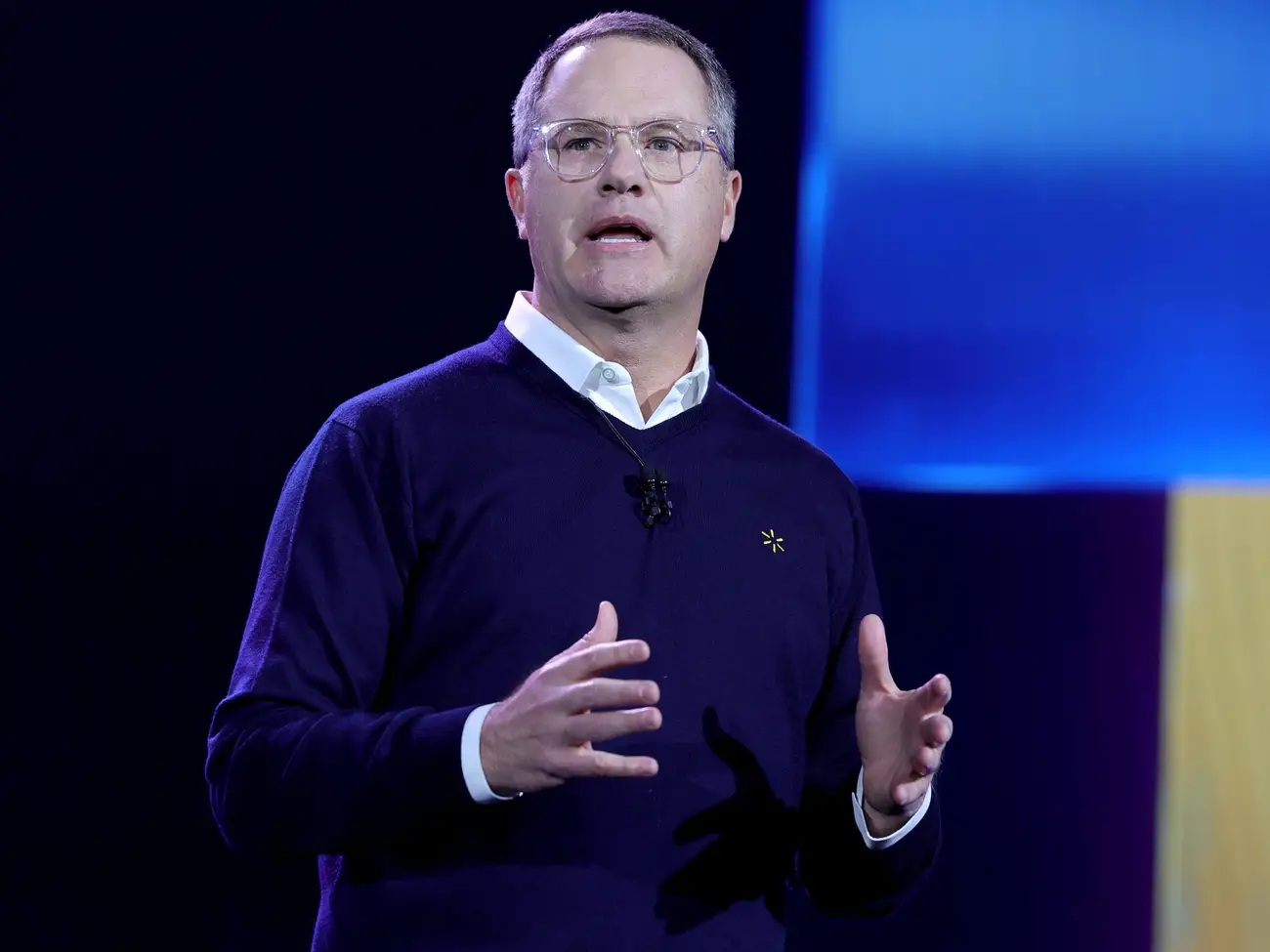
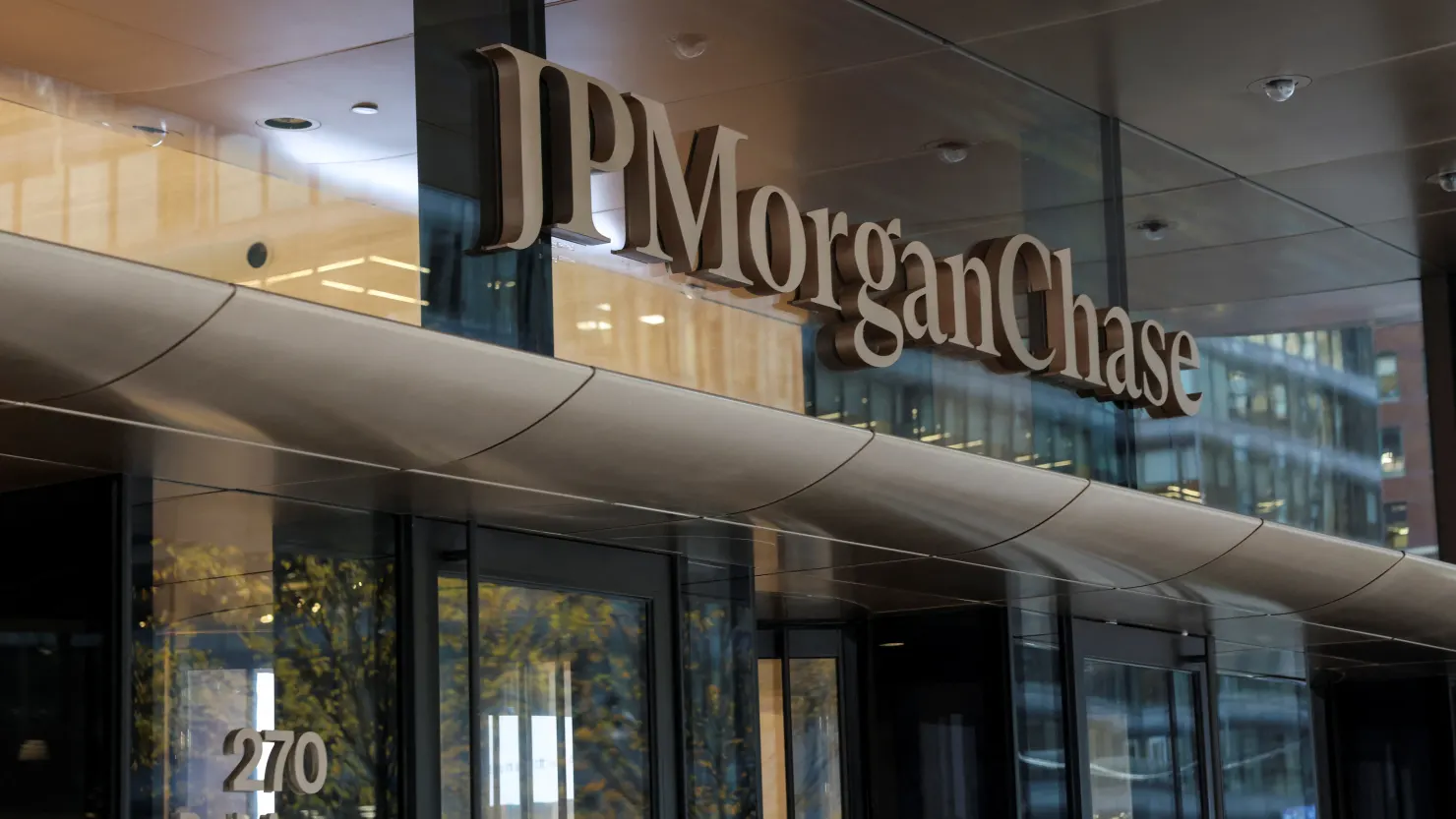
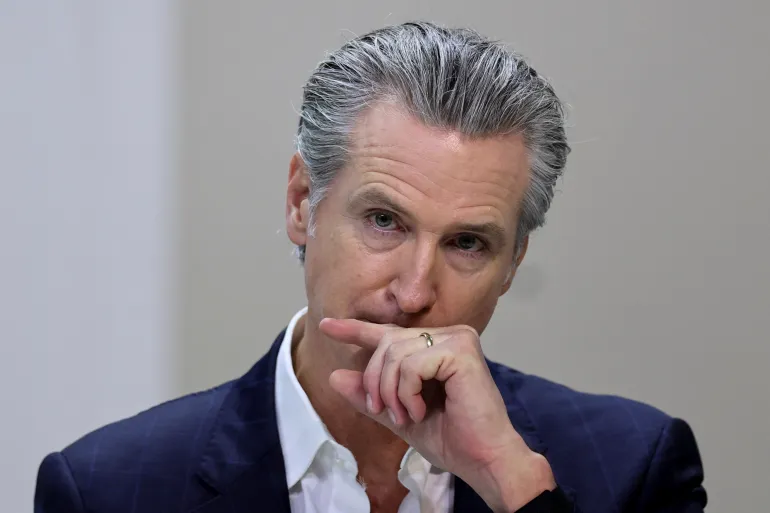

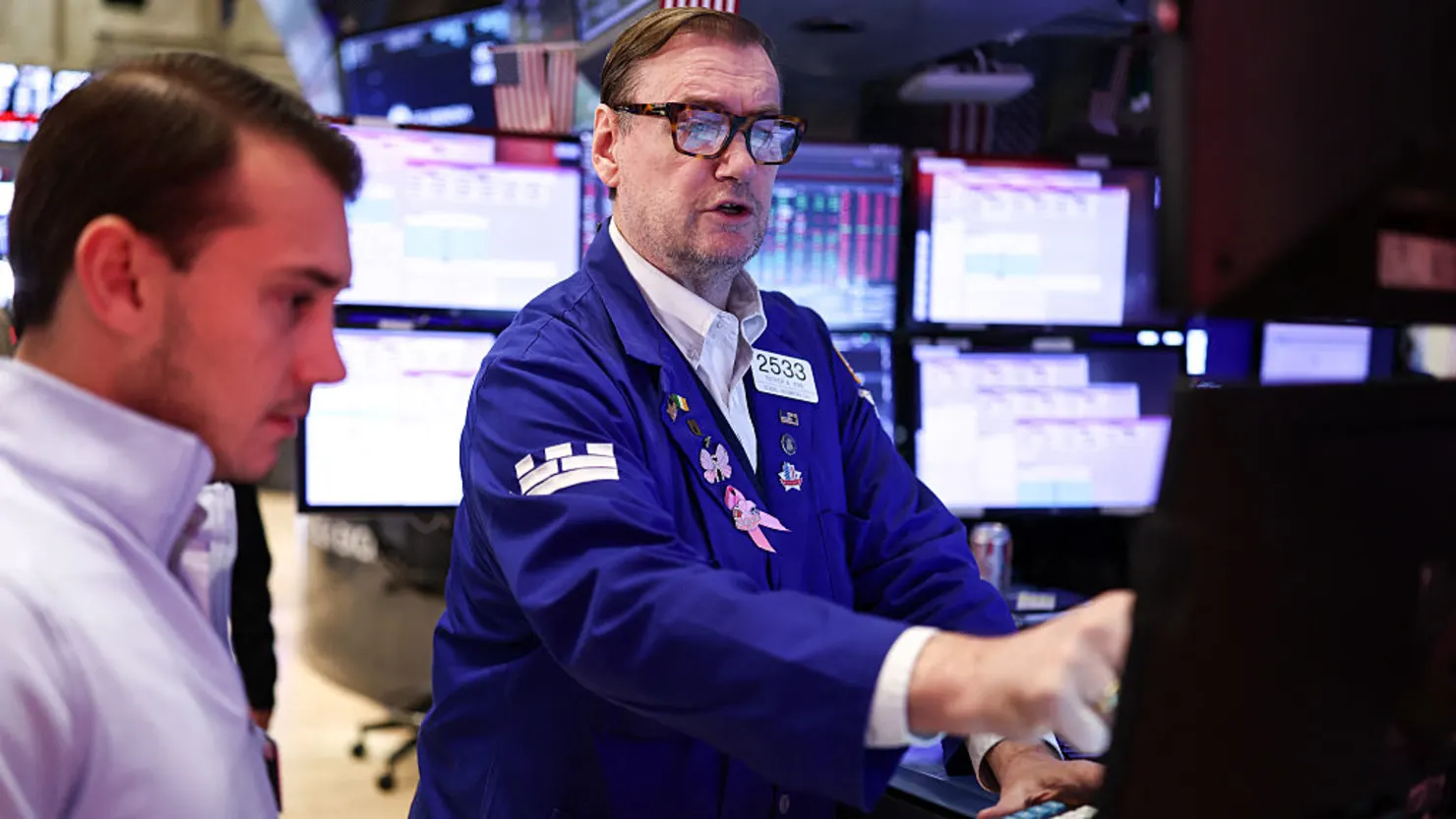
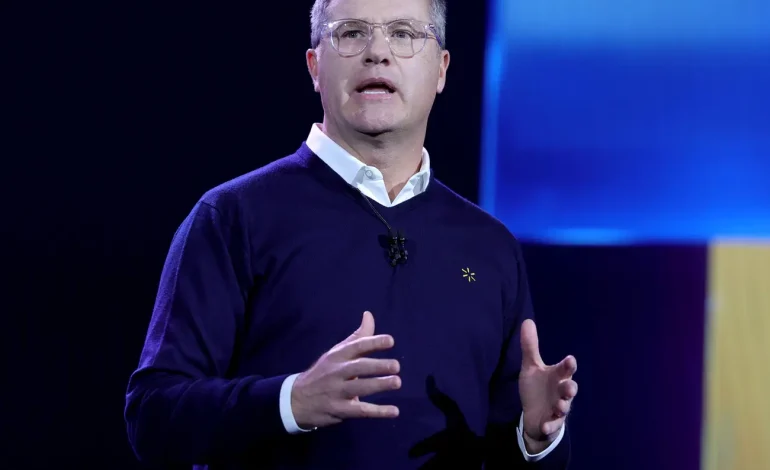




The latest news in your social feeds
Subscribe to our social media platforms to stay tuned